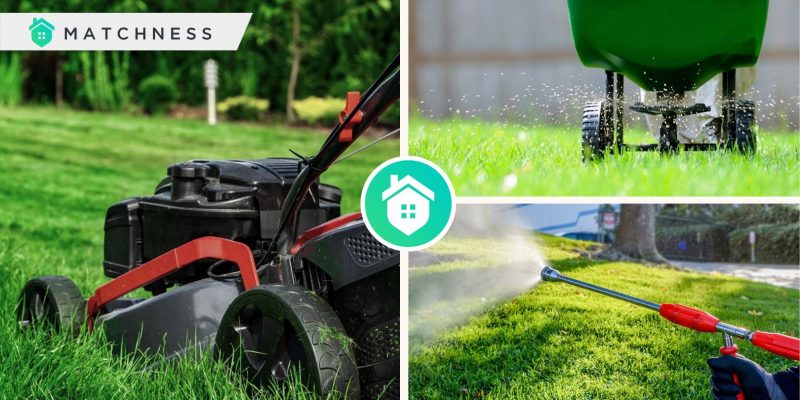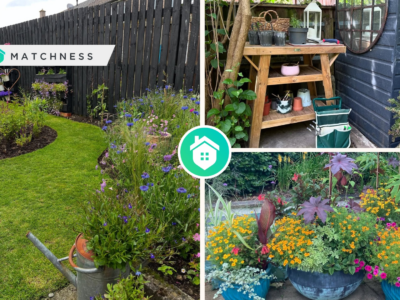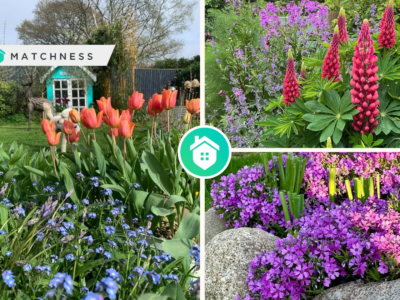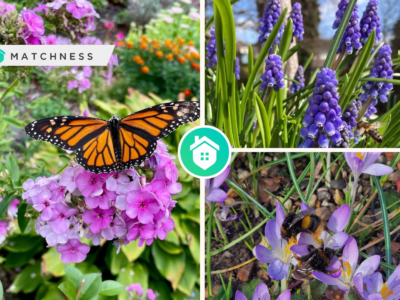Creating a lush, green lawn requires regular maintenance and attention to detail. Maintaining a beautiful lawn requires consistent effort and attention to detail. By following these lawn maintenance ideas, you can create a lush, green space that enhances the overall appeal of your property. Regular mowing, watering, fertilizing, and pest control are key to ensuring your lawn remains healthy and vibrant throughout the growing season.
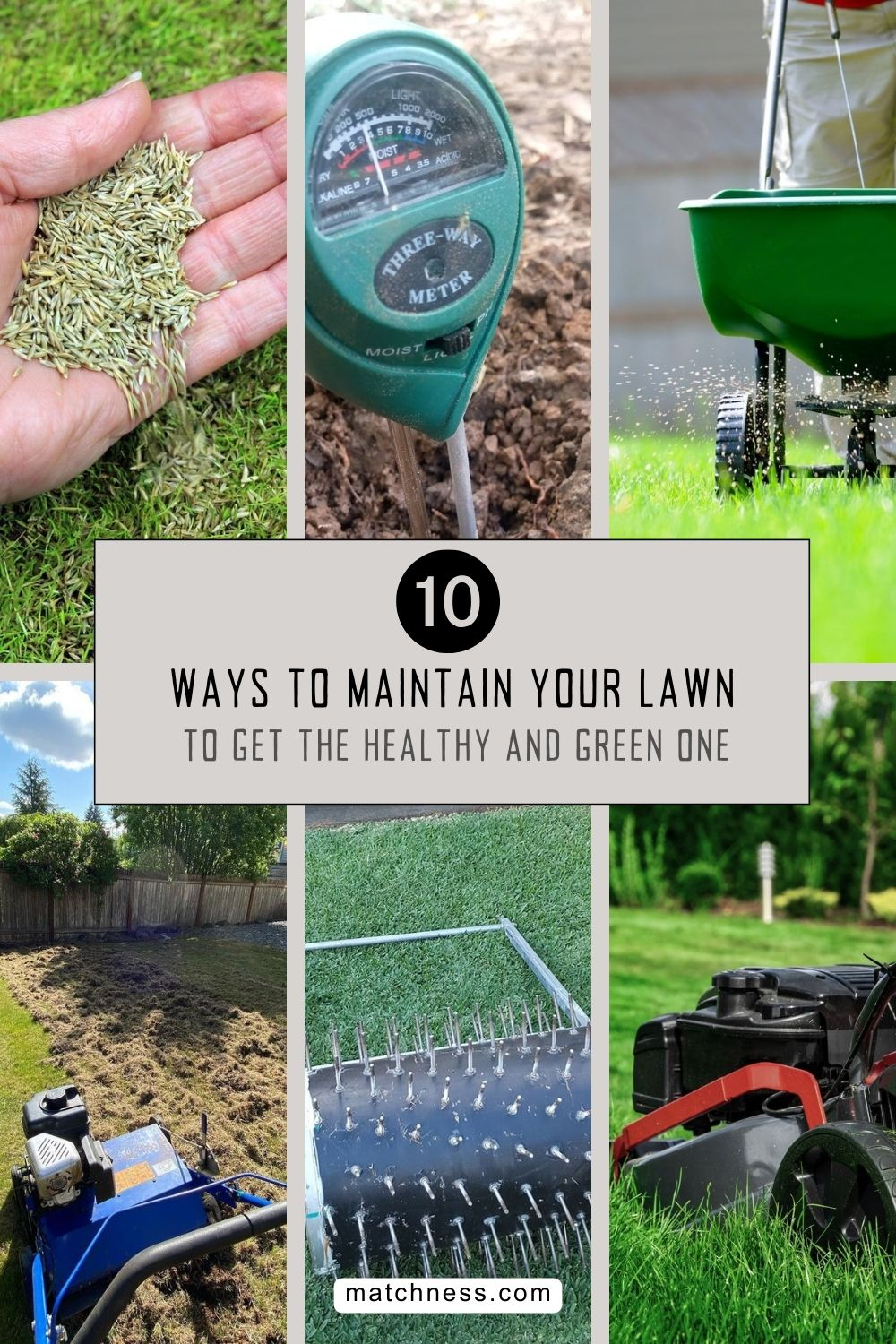
Here are some essential lawn maintenance ideas to help you achieve a beautiful, healthy lawn:
Mowing
We recommend you mow your lawn regularly but avoid cutting more than one-third of the grass height at a time to prevent stress on the grass. Keep your mower blades sharp and set the cutting height to about 3 inches for most grass types to promote deep root growth and shade out weeds.
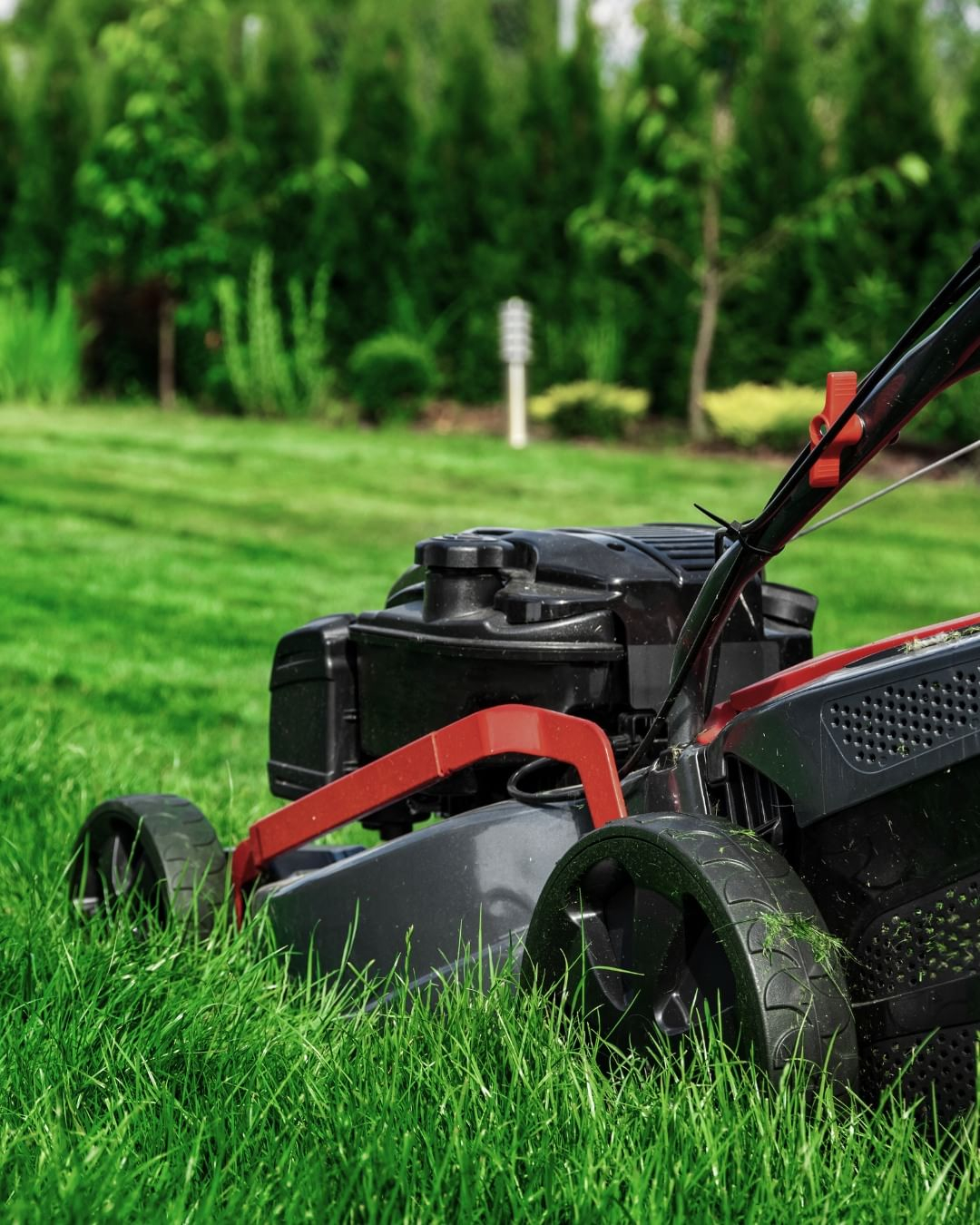
Mowing the lawn by using a mowing machine like this will be the easiest way that you can do. Not only getting a good result, but you can also save your time and energy. However, you should spend the money on the electricity. Mowing the Lawn from @scotts_australia
Watering
Water deeply and infrequently to encourage deep root growth. Aim for about 1 inch of water per week, including rainfall. It will be better for you to water early in the morning to minimize evaporation and fungal growth.
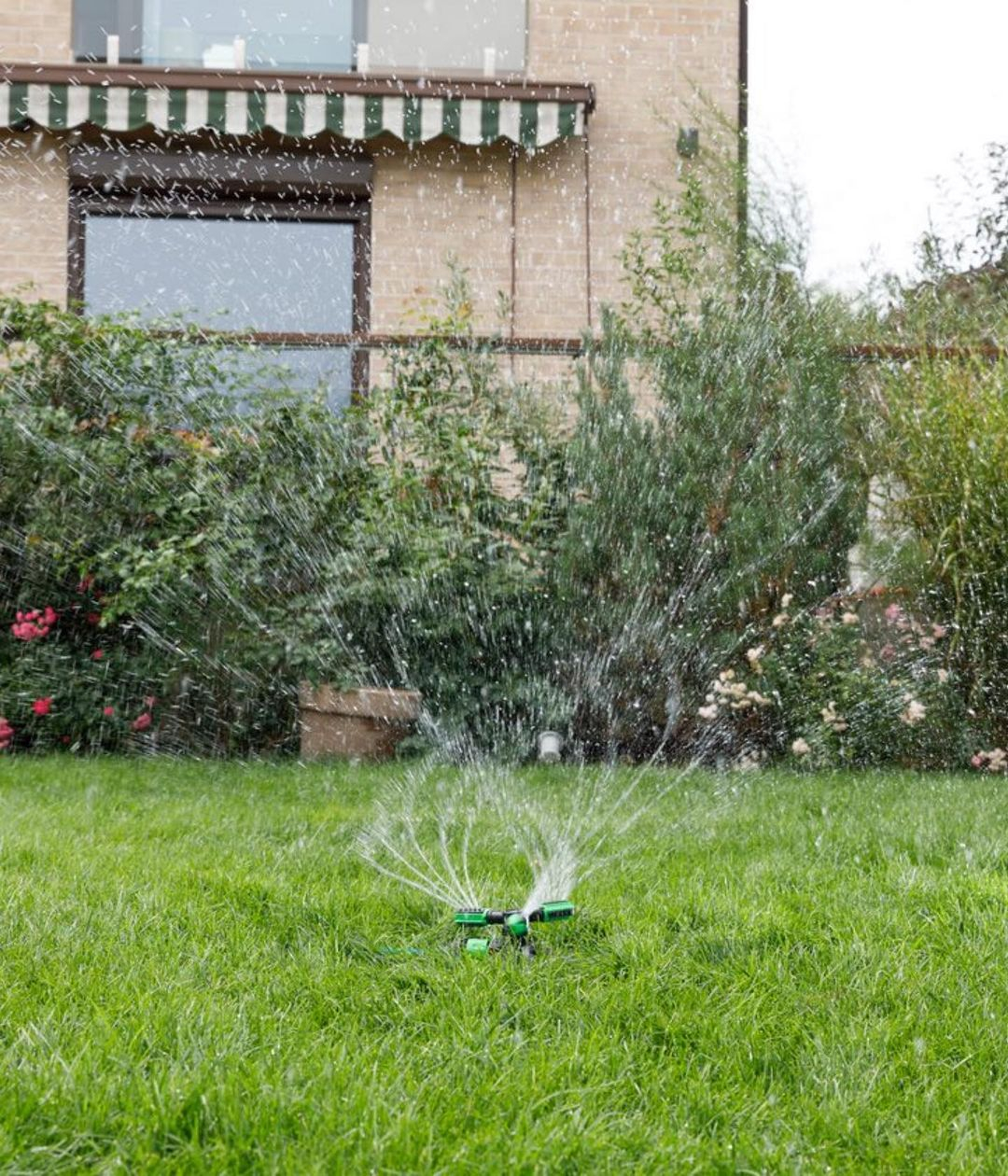
Watering the lawn by using this too can make you water it evenly. You don’t need to move it because it will move it itself. There are different kinds of water spray of this watering tool that you can choose but this spiral moving is the one that we recommend. Watering the Lawn from @amazingcarpathen
Fertilizing
Fertilize your lawn in the spring and fall when the grass is actively growing. Use a slow-release fertilizer to provide consistent nutrients. We recommend you choose a fertilizer with a balanced ratio of nitrogen, phosphorus, and potassium.
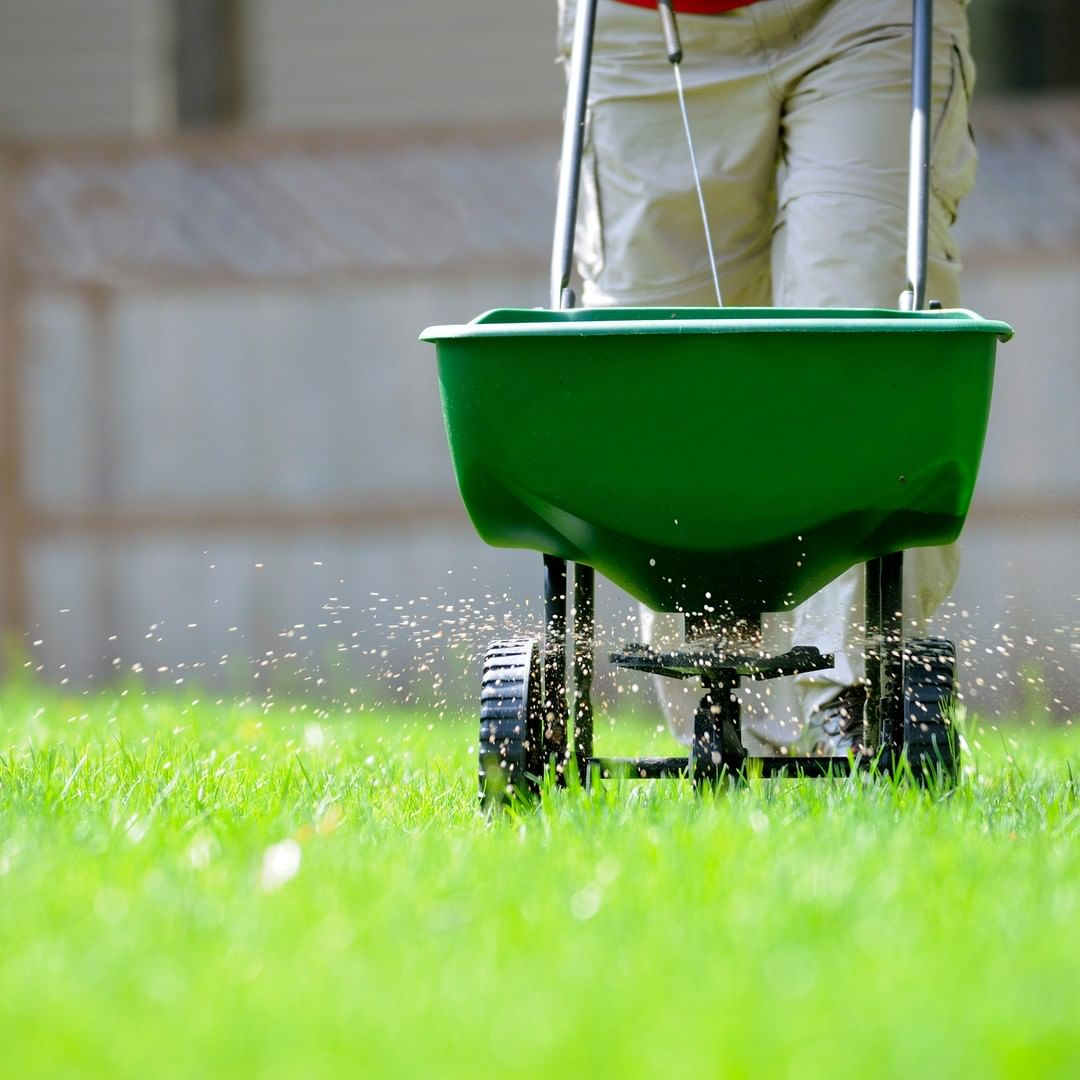
By using this tool, you don’t need to carry the fertilizer when fertilizing the lawn. You just need to move the tool by measuring the spraying area of the tool to decide the next area that you should spray. Fertilizing from @truevalue
Weed Control
Apply pre-emergent herbicides in early spring to prevent weed seeds from germinating. Use post-emergent herbicides to treat existing weeds. Then, you can do the spot-treat problem areas rather than apply them broadly.
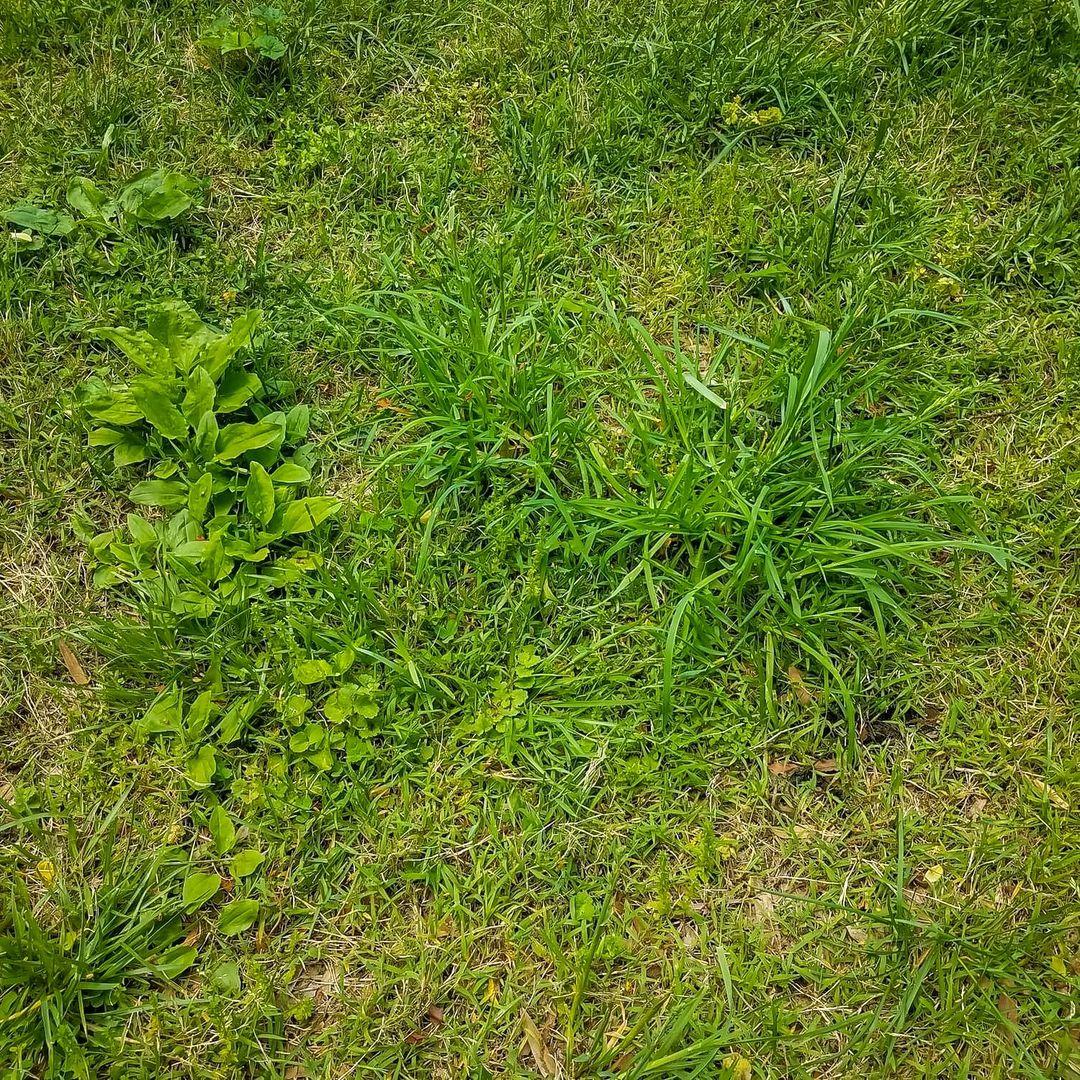
You can see here how the weed can annoy the look of your lawn. The texture of the lawn surface won’t be even and make the lawn not pretty. Clean the weeds to get a healthy and pretty lawn. Weed Control from @thelawnhub
Aeration
Aerate your lawn once a year, preferably in the fall, to relieve soil compaction and improve water and nutrient absorption. You can do it by using a core aerator that removes small plugs of soil from the lawn.

Basically, there are some possible tools that you can use to create aeration for your lawn. This one is the tool that we recommend for the lawn because there are many sticks installed on the tool that make you get so many holes just by moving it once. Aeration from @lawnprideau
Overseeding
Overseed your lawn in the fall to fill in bare spots and thicken the grass. Choose a grass seed that matches your existing lawn and climate conditions. This step is important to help you get a healthy lawn impression.
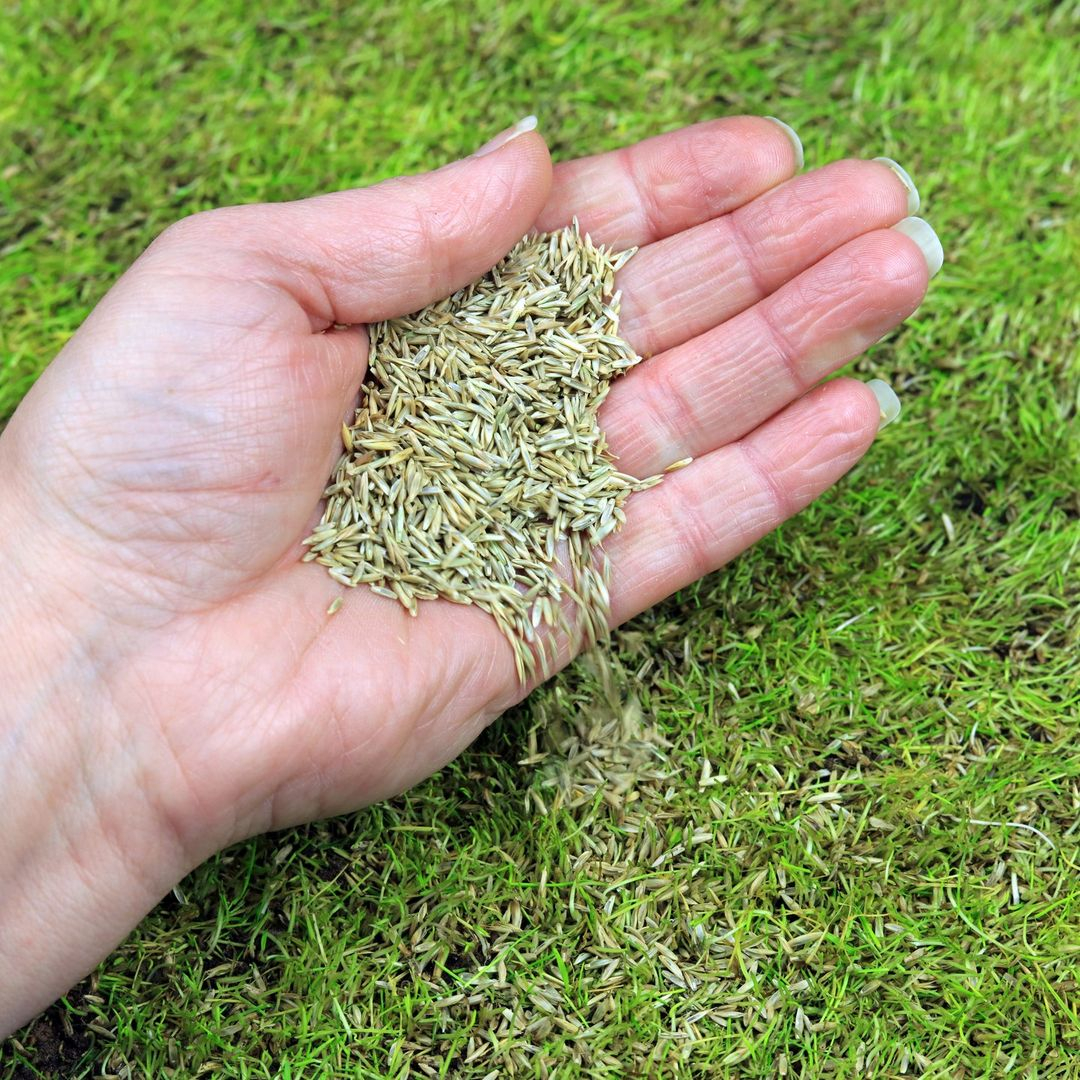
Overseeding the lawn like this can be exhausting but fun at once. It will be fun to find the bare spots around the lawn area and then spray them with the seeds. Don’t do it in the middle of the day because the sunlight will make you tired easier. Overseeding the Lawn from @agrigem
Dethatching
Dethatch your lawn every couple of years if the thatch layer (a layer of dead grass and roots) is more than ½ inch thick. Do it by using a dethatching rake or a power dethatcher to remove excess thatch.
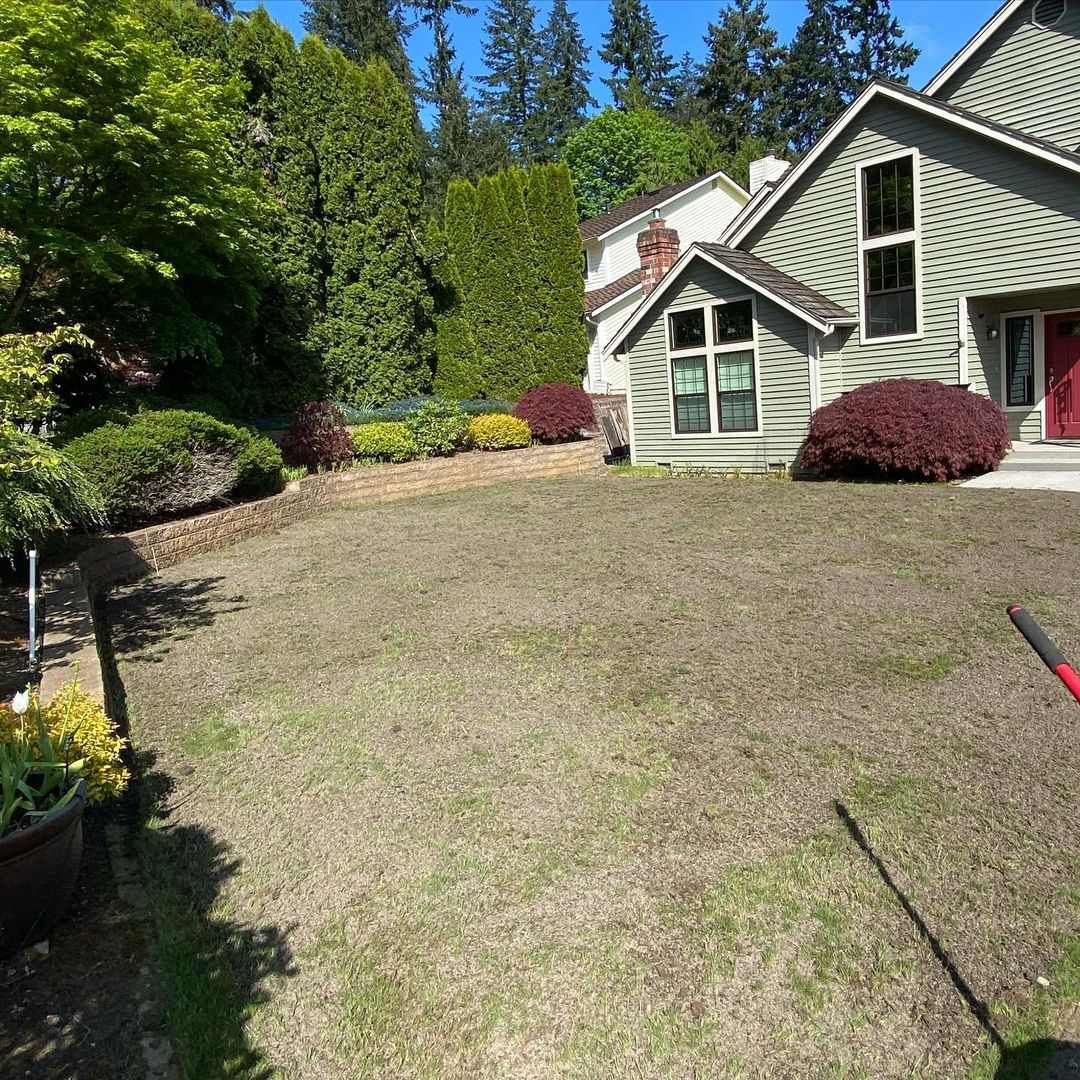
This is an example of the lawn condition that needs to be dethatched. The lawn growth is already bad and you can’t save it anymore. You should dethatch it and start to grow the healthy one. Dethatching the Lawn from @beckerlandscapes
Soil Testing
Test your soil every 2-3 years to determine its pH and nutrient levels. Amend your soil based on test results to maintain optimal pH and nutrient balance. You can do it by using the pH meter that you can purchase at the store for a valid result.
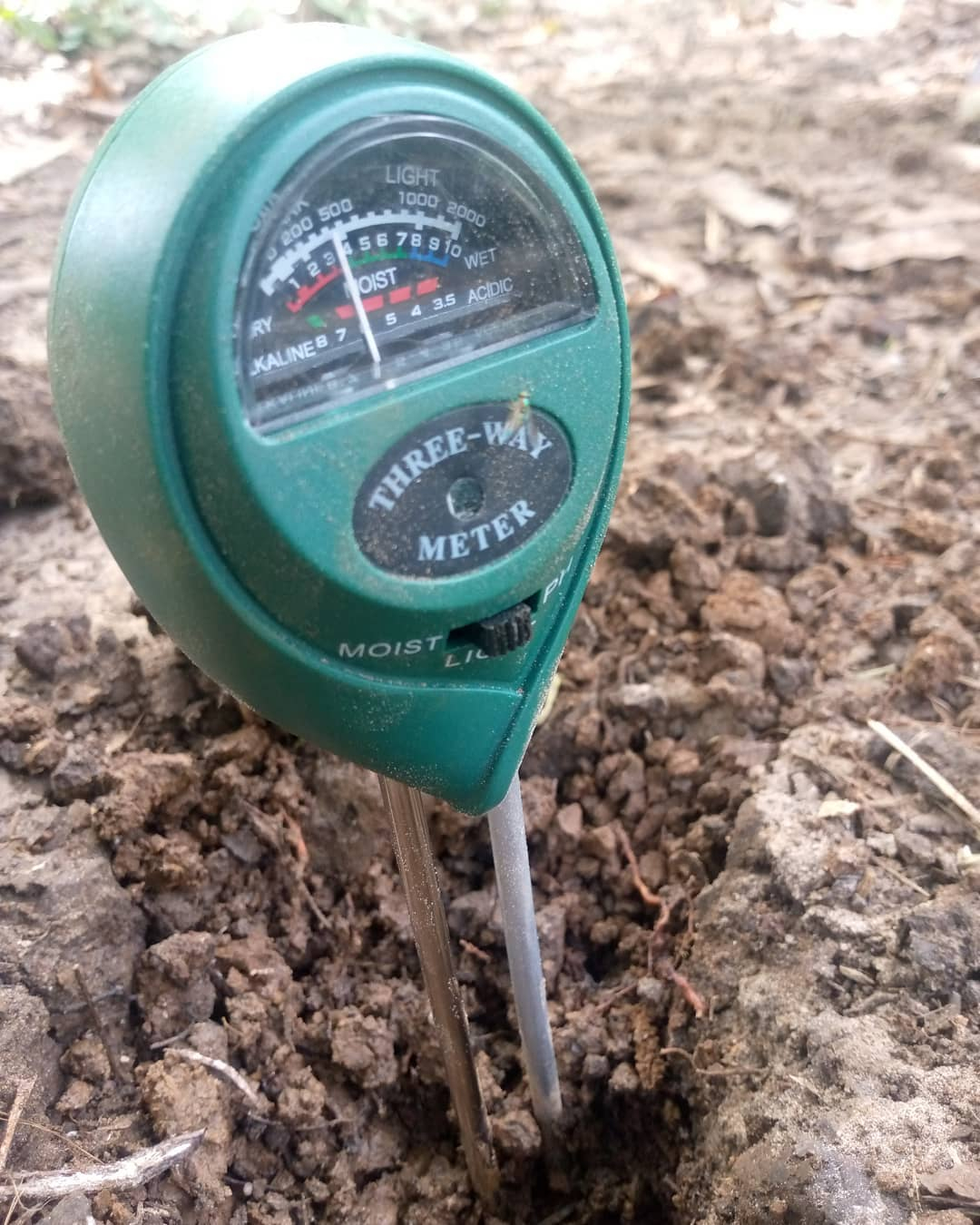
This is one of the pH meter products that you can choose. The implementation is really simple and you can get a valid result to know your lawn soil quality. pH Meter from @mkulima_smartz
Pest Control
Regularly inspect your lawn for signs of pests such as grubs, chinch bugs, and sod webworms. Use appropriate insecticides or natural predators to manage pest populations.
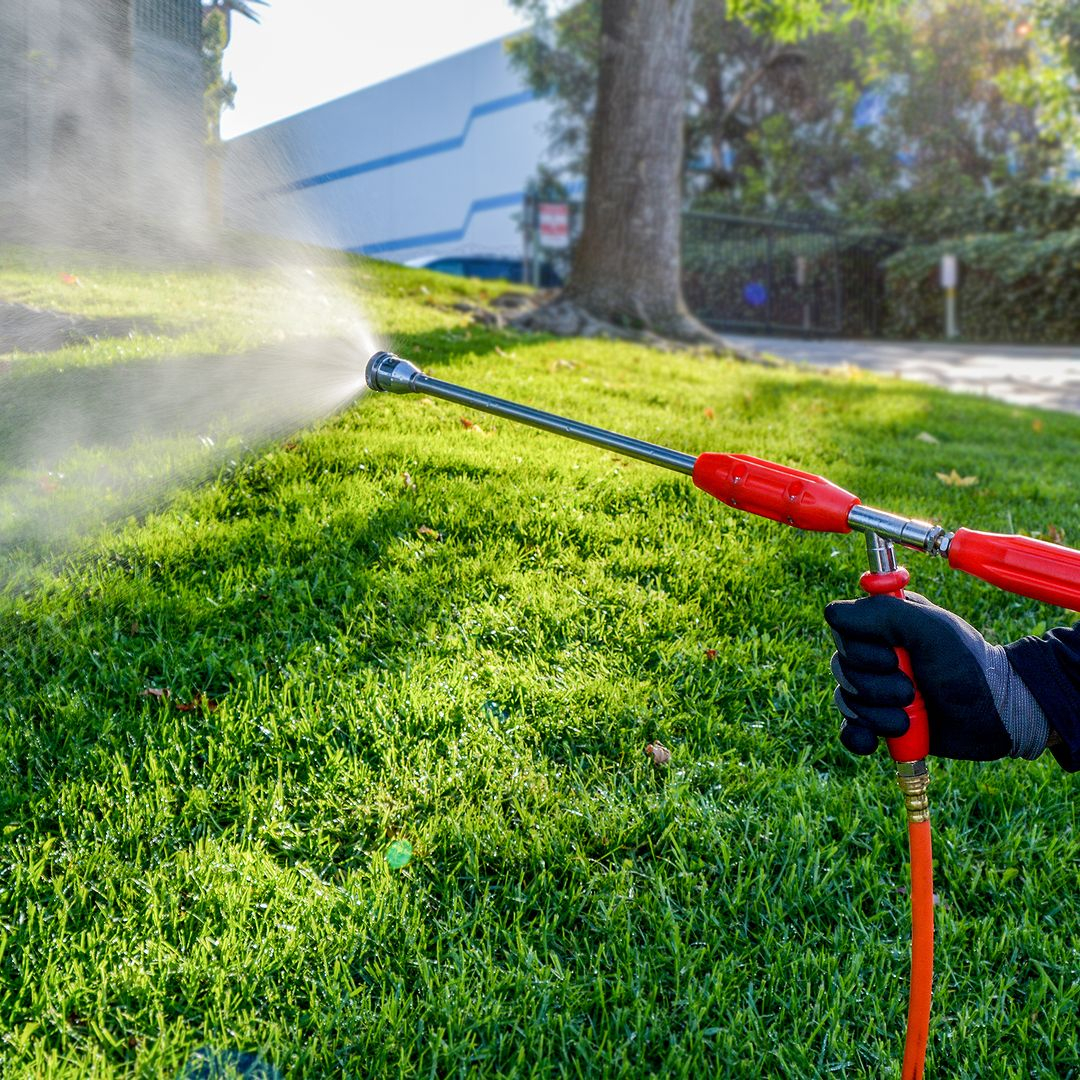
Apply the insecticides to your lawn by using a spraying tool. This one is an example of a spraying tool that will make your job easier and faster. The point is that you should measure the use of the insecticide and water right. Pest Control from @tomahawkpower
Edging
Keep the edges of your lawn neat and defined by using an edger along sidewalks, driveways, and flower beds. Edge your lawn at least once a month to maintain clean lines.

A perfect edging for your lawn will increase the value of your garden. Look at how sleek the lawn area is in this image. The quality of your lawn can surely impact the garden or yard impression. Lawn Edging from @keep.off.the.grass


